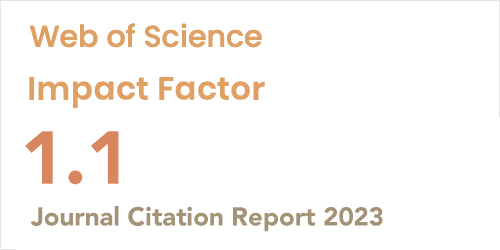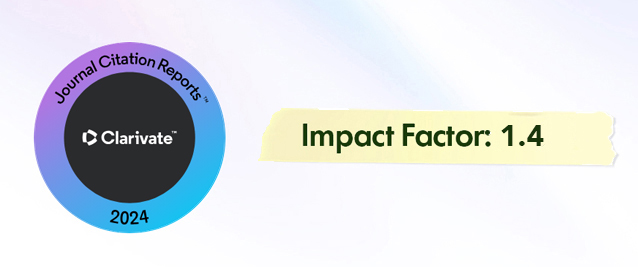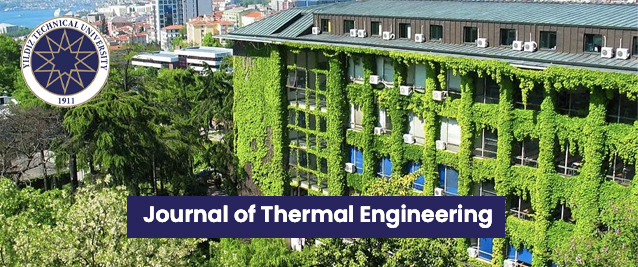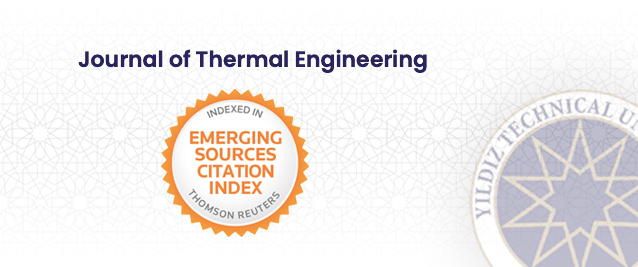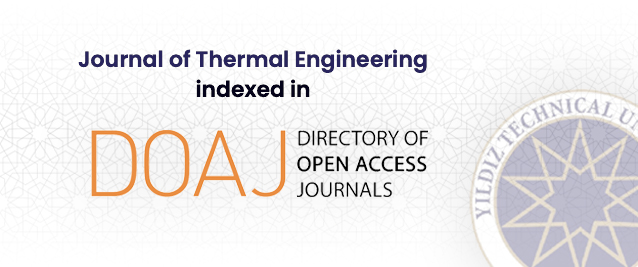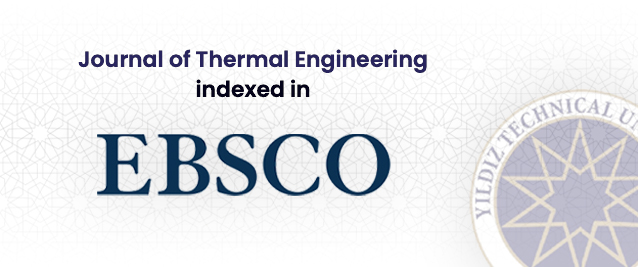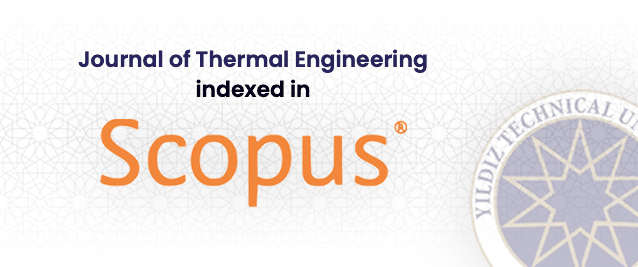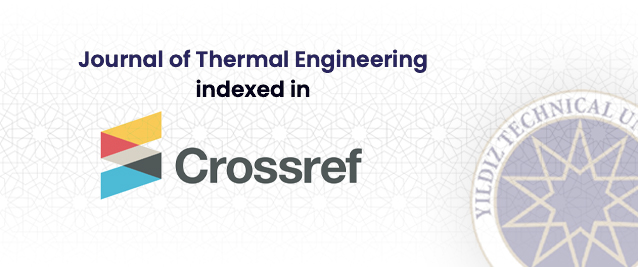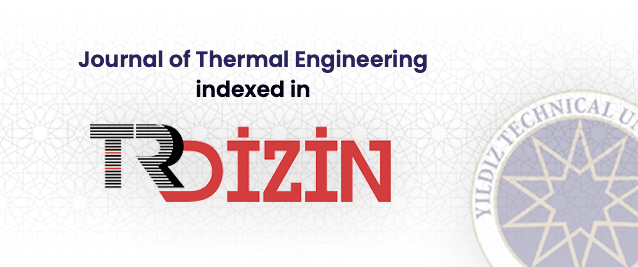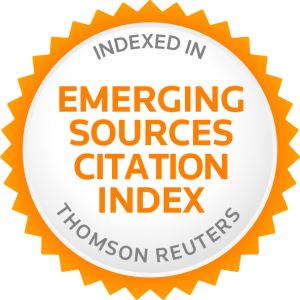2Department of Chemical Engineering, NFC-Institute of Engineering & Fertilizer Research, 37000, Faisalabad
3Institute of Chemical Engineering & Technology, University of the Punjab, 1Institute of Chemical Engineering & Technology, University of the Punjab, 5450, Lahore, Pakistan, Department of Chemical Engineering, NFC-Institute of Engineering & Fertilizer Research, 37000, Faisalabad
Abstract
The endeavor aim to addressed environmental issues by converting biomass and plastic waste into high-value products such as bio-oil, syngas, and biochar, consequently encouraging sus-tainability and energy saving. Our goal is to investigate the efficacy of an amalgamation of processing technologies and microwave irradiation, which has resulted in noticeable increases in reaction productivity as well as significant reductions in processing time, emphasizing its importance in addressing the environmental crisis caused by plastic waste accumulation. Mi-crowave processing provides greater yields and cleaner profiles when contrasted to pyrolysis, high temperature carbonization and gasification techniques. This is indicative of its excep-tional thermal and non-thermal effects, which distinguish it from other methods of heating. The use of catalysts in co-pyrolysis promotes product selectivity and quality, with different catalysts such as biochar, activated carbon, and zeolites being employed to enhance yields and product composition. The results indicate that the optimal yields of bio-oil are 72.1% from 95:5 weight percent corncob and high density polyethylene without catalyst, and 67.1% from 90:10 weight percent corncob and high density polyethylene with a catalyst. The optimization of microwave treatment settings, establishing large-scale continuous processing technology, and undertaking techno-economic assessments for commercial production are all challeng-ing. Microwave pyrolysis is an effective process for producing fuels with high calorific value. Future recommendations, given the numerous benefits of microwave pyrolysis, should be op-timized on an industrial scale.




